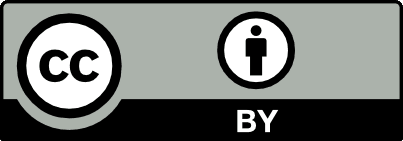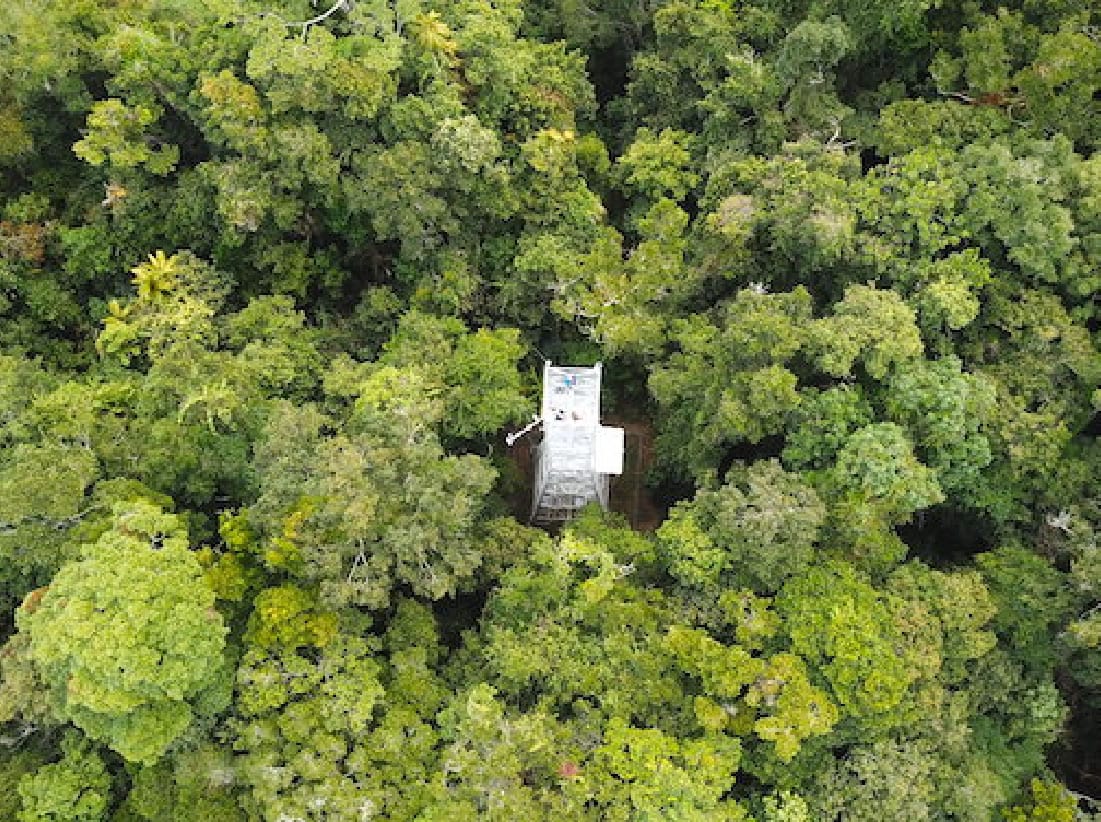This month we highlight decomposition data collected at TERN’s Australia-wide network of open-access ecosystem observing sites.

Research using TERN ecosystem observing sites is providing vital baseline data on the rates of decomposition that can be attributed to microbes and invertebrates in different ecosystems across Australia and the world. Among other things, the data will help scientists make improved global predictions on the release of carbon under climate change scenarios.
Detailed raw decomposition data are now openly available from eight of TERN’s 12 ecosystem processes monitoring sites, including Great Western Woodlands in WA; Litchfield Savanna in the NT, Daintree Rainforest, Robson Creek Rainforest and Samford Peri-urban in QLD; Cumberland Plain and Tumbarumba Wet Eucalypt in NSW; and Warra Tall Eucalypt in Tasmania. Sample retrieval will continue during 2019.
The data have been collected by TERN as part of two research projects taking advantage of TERN’s open access research infrastructure: 1) an international initiative led by Associate Professor Amy Zanne from USA’s George Washington University and 2) by Western Sydney University’s Associate Professor Jeff Powell via support from a Thomas Davies Research Grant from the Australian Academy of Science.
Sample retrieval will continue during 2019, as will detailed characterisations of the microbial decomposers associated with the collected samples.
Data collection name & description |
Licensing* |
||
|---|---|---|---|
|
A common protocol was developed exposing small (~400 cm3) pieces of a wood-substrate (untreated Pinus radiata) to the environment excluding and not-excluding macroinvertebrates (e.g. termites) by the use of a plastic mesh. This will provide baseline information on the relative rates of decomposition that can be ascribed to saprotrophic microbes and invertebrates in different ecosystems across Australia and the world. The use of a common wood substrate allows for direct comparison among studies. Temporal coverage: 2017 |
 |
||

A common protocol was developed exposing small (~400 cm3) pieces of a wood-substrate (untreated Pinus radiata) to the environment excluding and not-excluding macroinvertebrates (e.g. termites) by the use of a plastic mesh. This will provide baseline information on the relative rates of decomposition that can be ascribed to saprotrophic microbes and invertebrates in different ecosystems across Australia and the world. The use of a common wood substrate allows for direct comparison among studies. Temporal coverage: 2017 |
 |
||
|
Temporal coverage: 2017 |
 |
||
|
Wood Block Decomposition 12 Month Mass Loss Assessment, Robson Creek SuperSite, Core 1 ha, 2018 A common protocol was developed exposing small (~400 cm3) pieces of a wood-substrate (untreated Pinus radiata) to the environment excluding and not-excluding macroinvertebrates (e.g. termites) by the use of a plastic mesh. This will provide baseline information on the relative rates of decomposition that can be ascribed to saprotrophic microbes and invertebrates in different ecosystems across Australia and the world. The use of a common wood substrate allows for direct comparison among studies. Temporal coverage: 2017 |
 |
||
|
A common protocol was developed exposing small (~400 cm3) pieces of a wood-substrate (untreated Pinus radiata) to the environment excluding and not-excluding macroinvertebrates (e.g. termites) by the use of a plastic mesh. This will provide baseline information on the relative rates of decomposition that can be ascribed to saprotrophic microbes and invertebrates in different ecosystems across Australia and the world. The use of a common wood substrate allows for direct comparison among studies. Temporal coverage: 2018 |
 |
||
|
Wood Block Decomposition 12 Month Mass Loss Assessment, Cumberland Plain SuperSite, Core 1 Ha, 2017 A common protocol was developed exposing small (~400 cm3) pieces of a wood-substrate (untreated Pinus radiata) to the environment excluding and not-excluding macroinvertebrates (e.g. termites) by the use of a plastic mesh. This will provide baseline information on the relative rates of decomposition that can be ascribed to saprotrophic microbes and invertebrates in different ecosystems across Australia and the world. The use of a common wood substrate allows for direct comparison among studies. Temporal coverage: 2017 |
 |
||
|
Wood Block Decomposition 12 Month Mass Loss Assessment, Tumbarumba Wet Eucalypt SuperSite, Core 1 ha, 2017 A common protocol was developed exposing small (~400 cm3) pieces of a wood-substrate (untreated Pinus radiata) to the environment excluding and not-excluding macroinvertebrates (e.g. termites) by the use of a plastic mesh. This will provide baseline information on the relative rates of decomposition that can be ascribed to saprotrophic microbes and invertebrates in different ecosystems across Australia and the world. The use of a common wood substrate allows for direct comparison among studies. Temporal coverage: 2017 |
 |
||
|
Wood Block Decomposition 12 Month Mass Loss Assessment, Warra Tall Eucalypt SuperSite, Core 1 Ha, 2017 A common protocol was developed exposing small (~400 cm3) pieces of a wood-substrate (untreated Pinus radiata) to the environment excluding and not-excluding macroinvertebrates (e.g. termites) by the use of a plastic mesh. This will provide baseline information on the relative rates of decomposition that can be ascribed to saprotrophic microbes and invertebrates in different ecosystems across Australia and the world. The use of a common wood substrate allows for direct comparison among studies. Temporal coverage: 2017 |
 |
||



 A common protocol was developed exposing small (~400 cm3) pieces of a wood-substrate (untreated Pinus radiata) to the environment excluding and not-excluding macroinvertebrates (e.g. termites) by the use of a plastic mesh. This will provide baseline information on the relative rates of decomposition that can be ascribed to saprotrophic microbes and invertebrates in different ecosystems across Australia and the world. The use of a common wood substrate allows for direct comparison among studies.
A common protocol was developed exposing small (~400 cm3) pieces of a wood-substrate (untreated Pinus radiata) to the environment excluding and not-excluding macroinvertebrates (e.g. termites) by the use of a plastic mesh. This will provide baseline information on the relative rates of decomposition that can be ascribed to saprotrophic microbes and invertebrates in different ecosystems across Australia and the world. The use of a common wood substrate allows for direct comparison among studies.




